posted by
Samar on
January 17, 2016
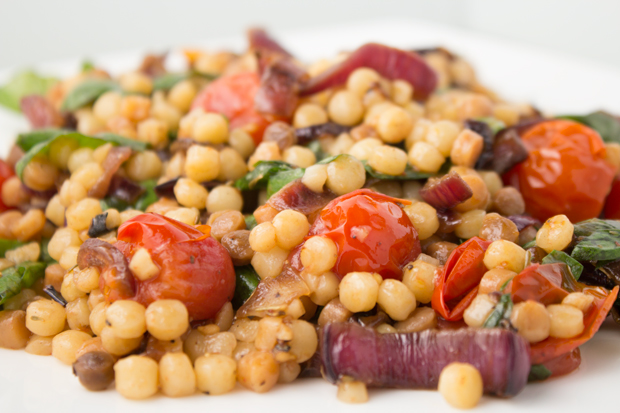
I was oddly pleased recently when someone complained that my pasta was inedibly hard. I thought: “I’ve finally leant what ‘al dente’ really means, and to make pasta that would not make my Italian friends cringe!” Italians, as you know, take their pasta quite seriously. And no wonder. When it comes to comfort food there’s nothing quite like it (or dal, I might add). And while it takes a certain amount of courage to stop when the pasta is still obviously uncooked, achieving that delicate point between undercooked and soggy is well worth striving for. What is also worth the effort is seeking out fregula, a bead-shaped pasta from Sardinia that has shot up my list of favorite types of pasta.
posted by
Samar on
December 31, 2015
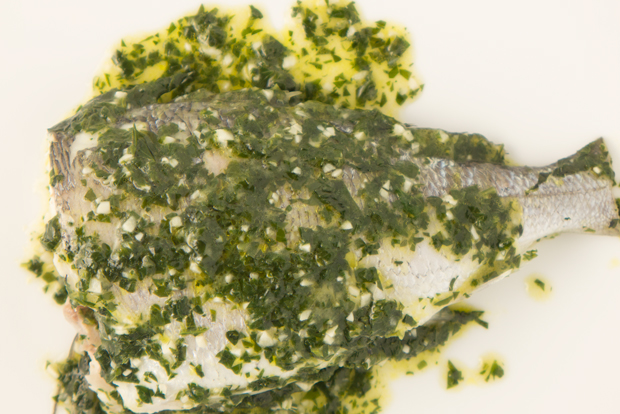
It is that time of year when newspapers look back on the past year’s events. For a food blog that means reviewing the culinary highlights which made the year so special. Perhaps a spectacular meal in a restaurant so sought after that it required reservations a year in advance? Or a fantastically complicated dish that took an entire month to prepare? So you might think, but, no. What really made this year special for me is that I cooked more meals than in any previous year. In fact, I often cooked even when I was away from home and I can probably count on my fingers the number of times I’ve eaten out. Call it culinary narcissism, but for a few exceptions I’ve invariably regretted it. So to celebrate this personal milestone I’m going to instead write about the easiest and tastiest dish I’ve made, if not in the past year, then in quite some time: sea bream in salsa verde.
posted by
Samar on
December 17, 2015
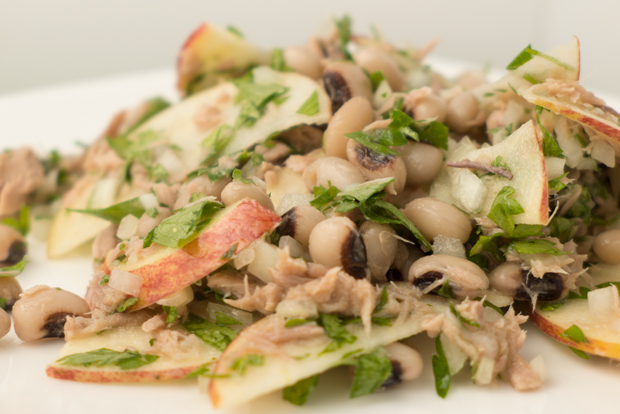
If the words “tuna salad” bring back bad memories of the creamy offering at delis and buffets, this Portuguese version may well change your mind. It is a delicious, Mediterranean take on a classic involving apples and black eyed peas. Yes, you read that right. No celery or mayonaise, those mainstays of American tuna salad. What, you might ask, makes it Portuguese? I think its the vinegar, which I’ve come to associate with Portuguese cooking. Think “vindaloo”, a Goan dish of Portuguese origin which literally means vinegar (vinho) and garlic (alho).
posted by
Samar on
October 24, 2015
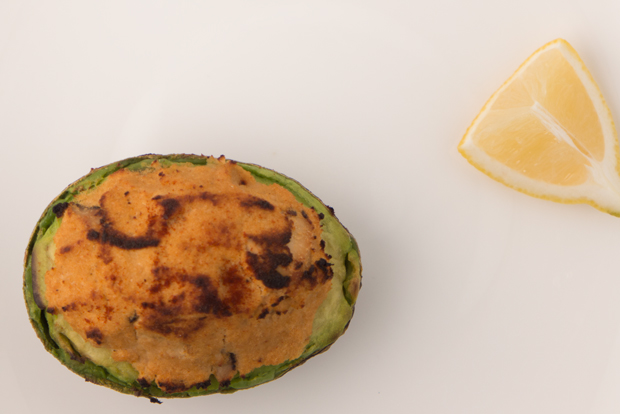
From quirky emoji to sophisticated countertop washing machines, the Japanese are a famously inventive people. Nowhere is that more apparent than when it comes to reducing waste. Japanese appliances are a byword of efficiency, and anyone who has spent time in Japan will have experienced the excrutiatingly detailed and strict rules on rubbish disposal and recycling. Not surprising then that they’ve spent significant effort on figuring out what to do with the mountains of okara produced every day. Okara, as you may know (especially if you read this blog), is a byproduct of making tofu. In a tofu-obsessed country that is not a minor problem and, while most okara-which is highly nutritious by the way-gets used as agricultural feed, an entire culinary ‘genre’ has been invented to deal with it. Luckily, there are countless cookbooks dedicated to okara. A good thing too because otherwise my freezer would quickly fill up with the stuff!
posted by
Samar on
September 27, 2015
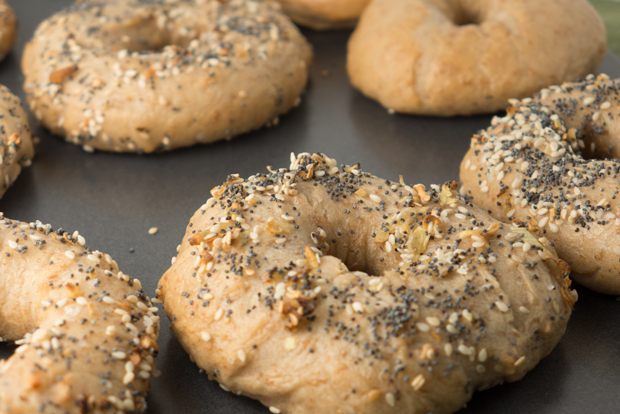
As any New Yorker will attest, theirs is a city obsessed with bagels. A Sunday in New York would be incomplete without the ritual of a toasted bagel with a schmear of cream cheese and lox while reading the weekend New York Times. But there was a time not too long ago that few North Americans outside cities like New York and Montreal with large Jewish populations knew what a bagel was. Indeed, such was it’s obscurity that in 1960 the New York Times Magazine had to explain to its national readers what it was (“an unsweetened doughnut with rigormortis”). I learnt this from an article in the New York Times last week reporting on the death of Daniel Thompson, whose bagel-making machine changed this situation and put bagels on the culinary world map. But, as the Times noted, not all of us think this has been a boon. Mass-produced bagels are as a rule quite awful. Luckily for us bagel purists, one can still buy excellent bagels in New York.








